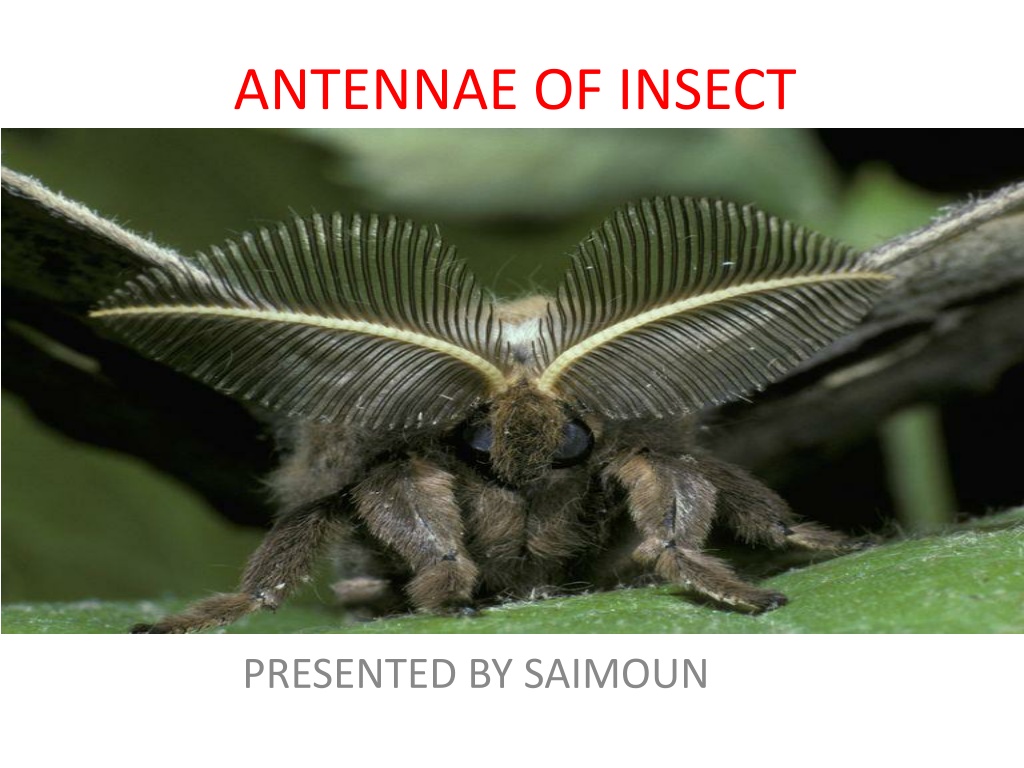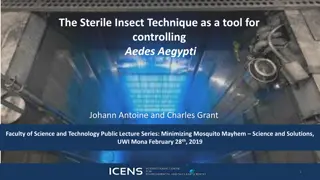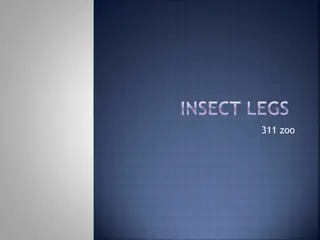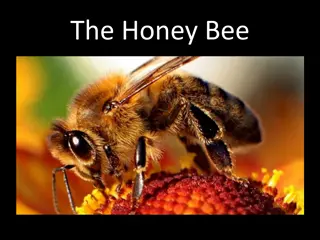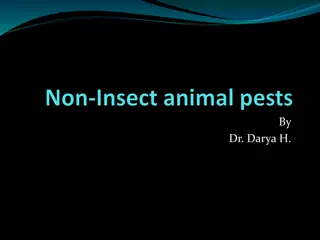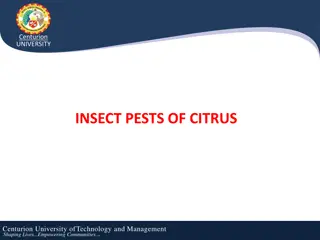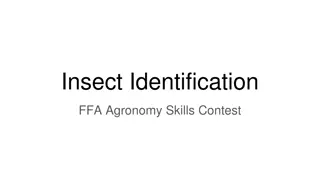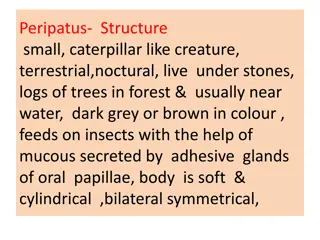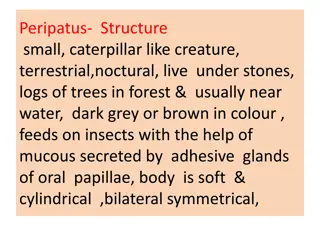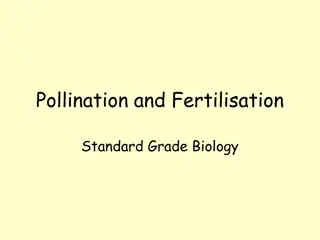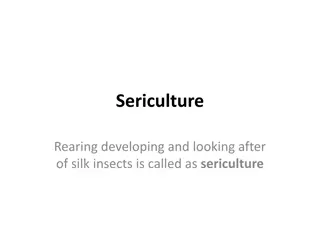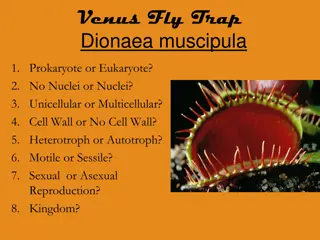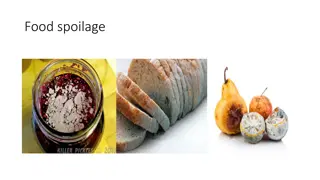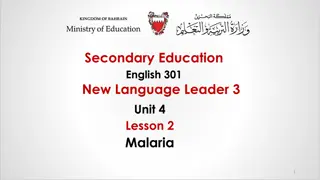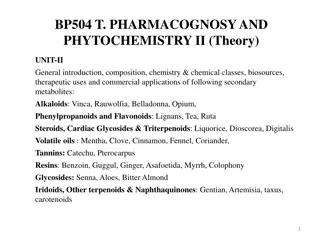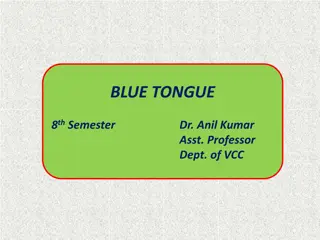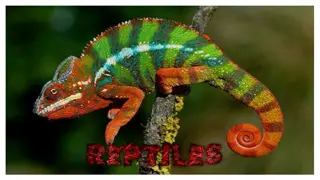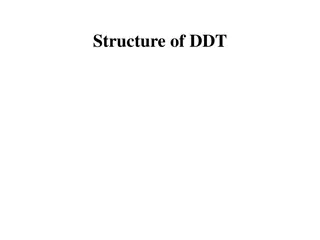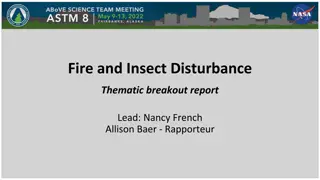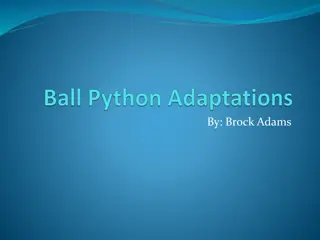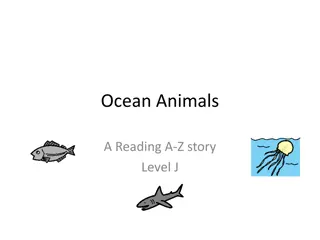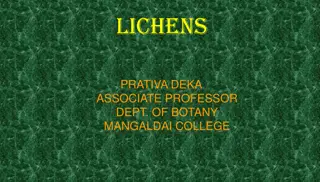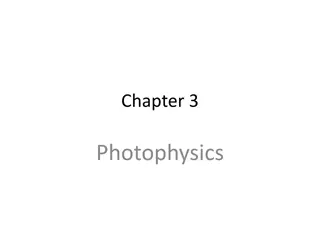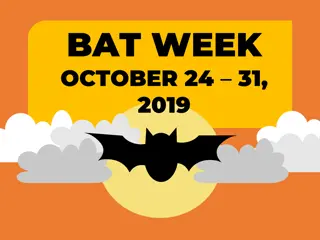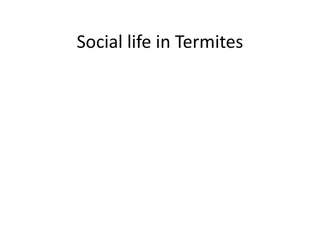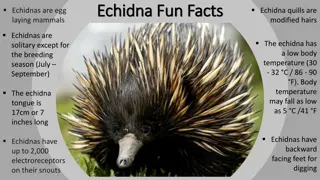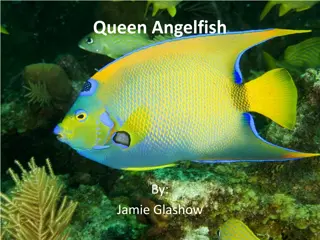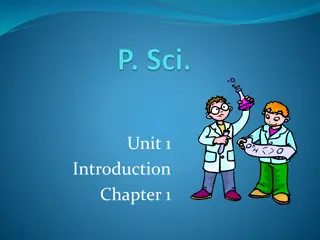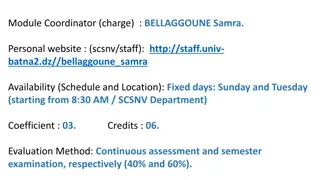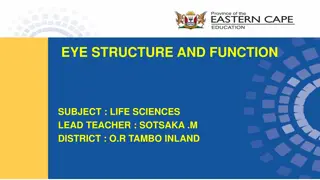Understanding the Fascinating World of Insect Antennae
Insect antennae, also known as feelers, play a crucial role in sensory perception for insects. They help in detecting chemicals, perceiving various stimuli, and even aid in specialized functions like communication and prey-catching. The structure of antennae varies across insect species, showcasing unique adaptations for their specific ecological needs.
Download Presentation

Please find below an Image/Link to download the presentation.
The content on the website is provided AS IS for your information and personal use only. It may not be sold, licensed, or shared on other websites without obtaining consent from the author. Download presentation by click this link. If you encounter any issues during the download, it is possible that the publisher has removed the file from their server.
E N D
Presentation Transcript
ANTENNAE OF INSECT PRESENTED BY SAIMOUN
INTRODUCTION It is also called feelers. These are paired (except order protura)of highly mobile and segmented organ. It is present behind and between the compound eyes in antennae socket . The base of antennae is connected to socket by articulatory membrane which helps in its movement.
Antennae is made up of several segments and its basic structure in all the insects are same i.e. part antenna attached to socket is scape, then pedicel and the flagellum. Scape is larger than pedicel and both having intrinsic muscles. Each smaller segment of flagellum is called annuli. Surface of flagellum have sensory receptors. Size and form of flagellum varies in insects.
FUNCTIONS OF ANTENNAE 1. Helps to detect chemicals. 2.Perceives smell, humidity, temperature, vibrations ,wind velocity and direction. 3. In some insects like mosquitoes it helps in hearing and in ants it helps in communication and sometimes to catch prey .
MODIFICATIONS OF INSECT ANTENNAE
1.ARISTATE Aristate antennae are pouch like with a lateral bristle . E.g. house and shore flies (order diptera ) 2.CAPITATE Capitate antennae are abruptly clubbed at the end. E.g. Butterflies (order Lepidoptera ) 3.CLAVATE Clavate antennae are gradually clubbed at the end. E.g. Carrion beetles (order coleoptera ).Adult carrion beetles feed on decaying animal matter or maggots.
4. FILIFORM Filiform antennae have a thread like shape. E.g. ground and longhorned beetles (order coleoptera ), cockroaches (order blattaria ) . 5.GENICULATE Geniculate antennae are hinged or bent like an elbow. E.g. Bees and ants (order Hymenoptera ). 6.LAMELLATE Lamellate or clubbed antennae end in nested plates . E.g. Scarab beetles (order coleoptera ) . 7.MONILIFORM Moniliform have a beadlike shape . E.g. Termites (order isoptera )
8.PECTINATE Pectinate antennae have a comb like shape . E.g. Fired colored beetles and fireflies ( order coleoptera ) 9. PLUMOSE Plumose antennae have a feather like shape. E.g. Moths (order Lepidoptera) and Mosquitoes (order Diptera). 10. SERRATE Serrate antennae have a saw toothed shape. E.g. Click beetles (order Coleoptera )
11.SETACEOUS Setaceous antennae have a bristle like shape . E.g. Dragonflies and damselflies (order Odonata).
